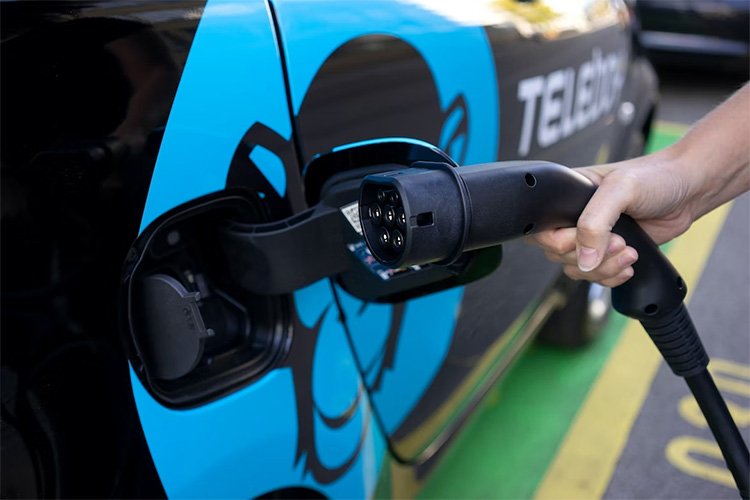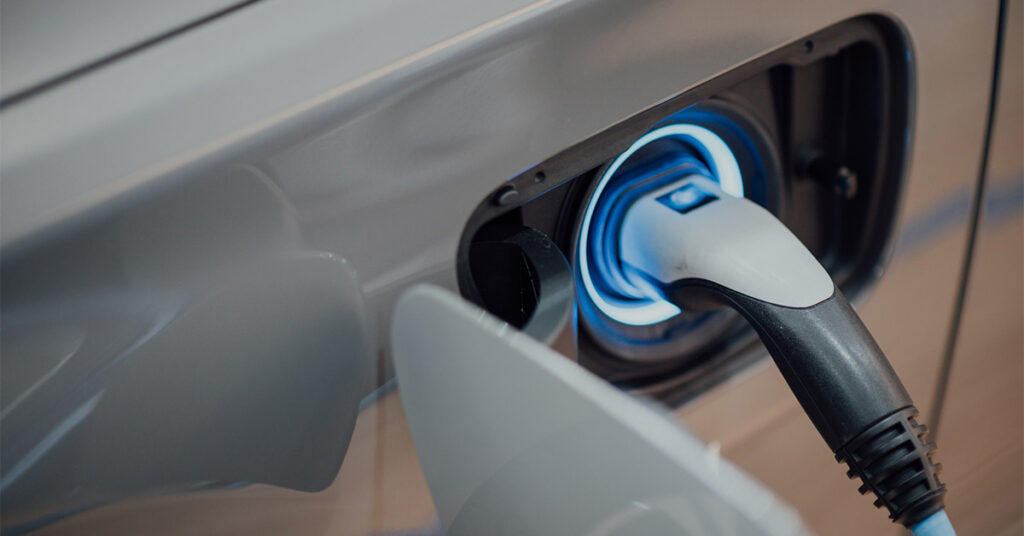Climate change has been a worrying issue for years, and a lot of new technology has risen to try and lessen human contributions to it. Electric vehicles (EVs) saw monumental growth in the past decade for this same reason.
The World Economic Forum highlights that the number of electric cars in use globally rose from zero to 10.2 million from 2010 to 2020. The industry also sees increasing EV sales, even in more sluggish years.
If you’re considering buying and driving an EV or just want to know how it works, here’s what you need to know.
What is an EV?
Electric vehicles (EVs) are any car or vehicle that is powered by a motor that runs on electricity, either partially or fully.
To keep one running, instead of filling the car up with gasoline, you charge up its batteries instead. Its engine produces fewer emissions than traditional cars, generates less noise pollution, and reduces fuel consumption.
Types of EVs
There are different kinds of EVs that use either one or more power sources to keep going. One common feature among all of them is the presence of a battery pack meant to decrease emissions.
Here are the three types:
- Hybrid Electric Vehicle (HEV) – An HEV makes use of a battery pack, an electric motor, and an internal combustion engine (ICE) in order to run. The car can switch between using either the ICE or the electric motor in case one of the energy sources has been used up or in certain driving conditions where the car needs more or less power. An HEV mainly relies on the ICE and can be pumped with gasoline.
- Plug-in Hybrid Electric Vehicle (PHEV) – Like the HEV, a PHEV uses an electric motor and an ICE. However, its electric system does most of the heavy lifting during use. Its batteries can be charged when it isn’t being used and can be plugged into an external power source.
- Battery Electric Vehicles (BEVs) – A BEV can run solely on electric-powered batteries, hence why their packs have a much larger capacity than the other models. They must be charged from an external power source like a home charger or a charging station.
Related: My First Impressions of Driving A Tesla
Benefits of EVs
One major benefit of EVs is that they don’t produce as many emissions, making them safer for the environment than traditional vehicles.
The Electrical Safety Foundation International’s insights on EVs note that you can save money with an EV. After all, they cost less to operate and maintain than gasoline-operated ones, plus they don’t require oil changes or frequent brake replacements.
Charging EVs is also cheaper than filling the car up with gas, and it’s essentially free if done at a home charge point. Incentives or rebates can sometimes be offered by energy utility companies for charging, further highlighting the financial benefit of EVs.
The cost of EVs

EVs typically cost more across many aspects than their ICE counterparts, mostly due to the extra technology they require.
NBC News notes that the purchasing price for EVs typically costs 10 %to 15% more than gas models, and those numbers may continue to rise.
That said, EVs have an advantage regarding energy as it costs less to charge than to fill up a vehicle with gas. Residential customers usually pay 14 cents per kilowatt, amounting to around $11 dollars for a full charge.
Related: How Norway Became the Leader of Electric Cars?
Insuring EVs
Like every type of car, your EV needs to be insured. Writer Catherine Hiles’s post on how much does car insurance costs published on Sound Dollar highlights that car insurance typically varies depending on your age, gender, location, driving history, and more.
You’d also need to shop around, as insurers’ premiums may vary, especially for an emerging market like electric vehicles.
According to a write-up on ‘Repairer Driven News by Dave LaChance’, the insurance cost for EVs is much higher because their parts are more expensive than non-electric models, batteries that need replacing are pricey, and repair shops sometimes charge more for the extra training needed to make the fixes.
Conclusion
As with any vehicle, there are both advantages and disadvantages when it comes to EVs.
However, putting aside the high costs or charging issues, owning one can help you do your part in saving the environment from harmful emissions and noise pollution.
If you’re capable, try to do your part and make the switch to electric.

The founder and the editor-in-chief of the Electric Wheelers blog. With a previous background in IT, sales, and video editing, he has now established himself as a micromobility expert.
He bought his first e-scooter over 5 years ago and since then has owned dozens of e-scooters and e-bikes. His deep understanding of the technical aspects, coupled with a keen eye for market trends, enables him to provide insightful and reliable content.
His commitment to promoting sustainable and efficient urban mobility solutions has made him a respected voice in the community of eco-friendly transportation enthusiasts.


Nice article and much points are covered. The people who are moving petrol vehicle to electric are will save more money. EVs maintanance cost is very low and environment friendly. As a part of scrap yard business, we found more people want to shift from petrol to EVs and they sell their old car to the “car. co. uk” and get best price. BTW, nice article